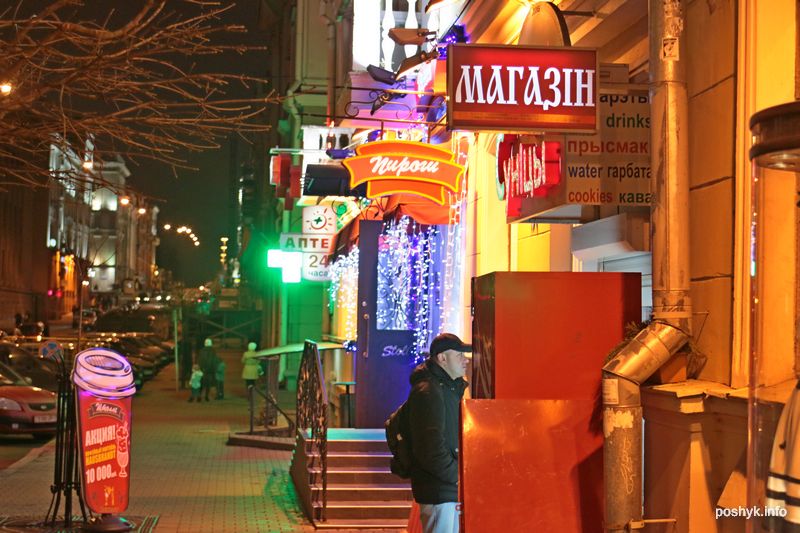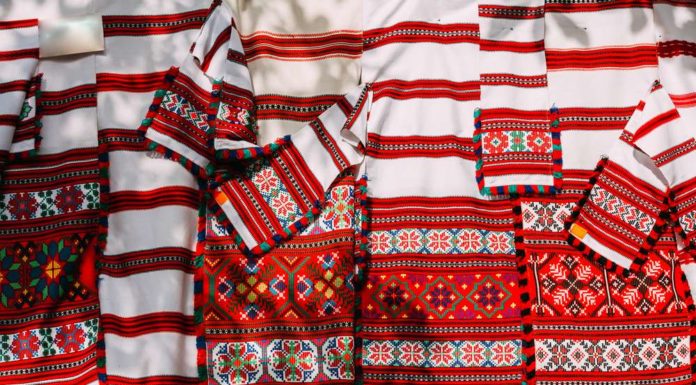Karl Marx street in Minsk - iconic place It has a special atmosphere, both Minsk residents and guests of the capital like to walk along it. There is something to see and show here, because it has existed for about two centuries. In this article we will talk about interesting buildings on this street and their history.

History and name
Karl Marx street in Minsk bears the name of a German philosopher, economist, sociologist and writer from the early 20s of the 20th century. Formerly called street SverdlovAs well as Podgornaya.

There are many noteworthy places on it, the history of which will be interesting to learn.

Building
1. National Historical Museum of the Republic of Belarus (St. Karla Marksa, 12), which until 2009 was called the National Museum of History and Culture of Belarus.

In the "people" he is often called "house with a gun". At the end of the 19th century, a branch of the State Bank of Russia was opened here.

And also at that time it was possible to get visas to many countries of the world, for example, to Canada, USA or the UK. The museum began its activity in the early 20s of the 20th century. He interrupted his work with the beginning of the Second World War. And only in 1957 he resumed his activities. At the moment it has one of the largest collections of exhibits in Belarus.

The National Historical Museum of the Republic of Belarus has ten exhibition halls. For example, here are just a few of the permanent exhibitions:
"Ancient Belarus",
"Belarus XVI-XVIII centuries. in portraits and heraldry,
"Art in the urban culture of Belarus in the XNUMXth - early XNUMXth centuries".
Various exhibitions, performances and more are constantly held here.

2. House number 20 - in this house before the Second World War was Belarusian State Philharmonic. At that time, the Minsk Jazz Orchestra often gave concerts here. In the late 1930s it was headed by Eddy Rosner and Jerzy Petersburski. Many Minsk residents admired Rosner's music and playing, he was even called the white Louis Armstrong. Behind the scenes at the time Minsk was considered the city of Soviet jazz.

It is also interesting that the first car accident in Minsk took place in 1906 near this place.

3. House number 29 is the house where she was Women's Mariinsky Gymnasium. It was opened at the very end of the 19th century. The training time for girls was seven years.

They were engaged in needlework, gymnastics, comprehended the law of God, physics, mathematics, foreign languages, studied music and singing. After graduating from high school, a graduate could become a teacher. At the beginning of the First World War, the Mariinsky Gymnasium left Minsk and settled in Slavgorod. Irma Jaunzem studied here, a memorial plaque in her honor can be seen on this house at Karl Marx street in Minsk. She was a world famous singer, taught vocals and music to Zhanna Bichevskaya and Alla Pugacheva.

4. House number 31, which now houses the Faculty of Philology of BSU. The building was built in 1937, here they were engaged in the retraining of journalists, radio and television workers, and management staff. Also in this place was a "model store", which always had a wide range of food, wines and tobacco.

5. House number 30 on Karl Marx street in Minsk. It was designed by Heinrich Gay at the end of the 19th century. The most prominent figures of the Belarusian political, social and cultural elite of Belarus lived in this building at different times. For example, F. Dzerzhinsky, N. Goloded, A. Chervyakov, D. Zhilunovich.
After the end of the war, the leaders of the Central Committee of the Communist Party K. Mazurov and P. Ponomarenko also lived here.
6. House number 37which now houses the British Embassy. And in the distant 20s. In the 20th century, the office of Belgoskino was located here, which was later transformed into Belarusfilm. Also on this building you can pay attention to the bas-relief with a portrait of the Belarusian first printer Francysk Skaryna.
7. House number 36. It is often referred to as "The Writer's". And all because of the fact that one of the most significant classics of Belarusian literature lived within its walls: P. Glebka, Y. Mavr, I. Naumenko, N. Gilevich, V. Korotkevich (it was here that he wrote “Chorny zamak Alshansky”) .

8. House number 39. Before the Second World War, there was a building on this site (it was destroyed during the war), which housed the Minsk Noble Assembly. It was here that genealogical books were kept, documents were issued that testified to belonging to the nobility.












In the evening the street is doubly good